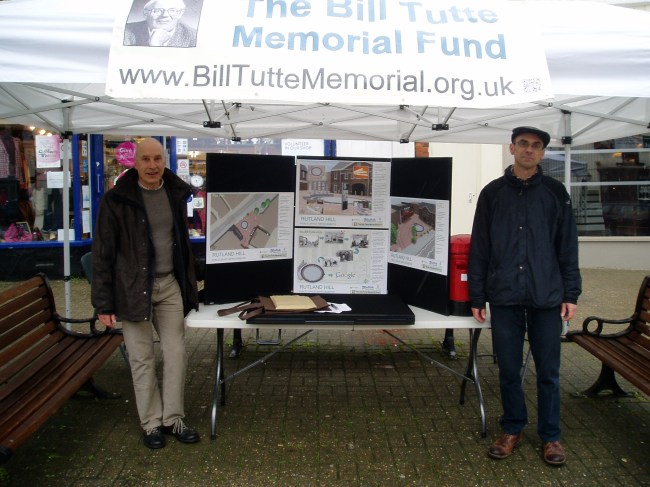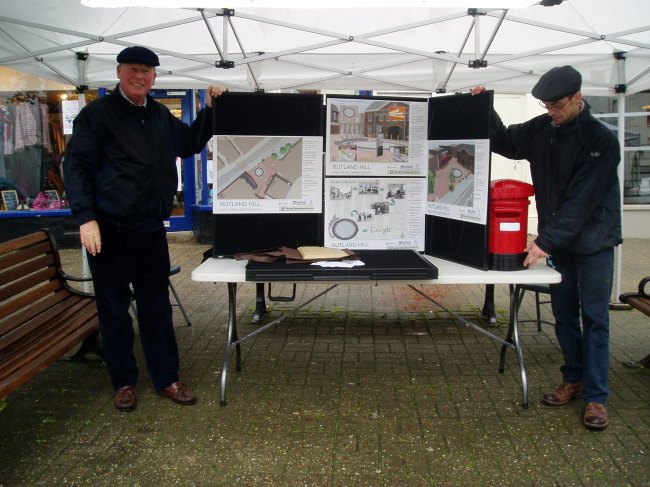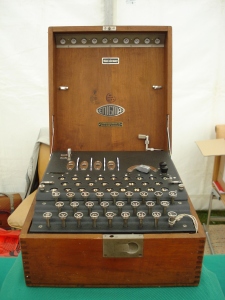
The Alan Turing Sculpture at Bletchley Park
Yesterday morning, I woke to the news that Alan Turing had been granted a pardon.
http://cryptome.org/2013/12/turing-pardon.pdf
Driving to work, I cheered and punched the air as the news item on Turing was read, a big grin breaking out across my face. I parked up at work and stayed in the car to listen to Professor S Barry Cooper and Baroness Trumpington discuss Turing and Bletchley Park (Today, BBC Radio 4, 24/12/2013).
Walking into the office, I received cheery greetings of Merry Christmas, to which I replied “It is a Merry Christmas indeed, especially for Dr Turing”. I took the slightly puzzled looks as an invitation to educate and spoke about “On Computable Numbers”, the Universal Turing Machine and the ten month blackout from reading Naval Enigma in 1942 (deciding not to continue into Artificial Intelligence or Morphogenesis). I then sat at my desk, and smiled at my brand new Universal Machine that the IT department had installed for me the day before. How apt, I thought.
I’m well aware of the controversial nature of this pardon and I can understand this view point. Turing was legally convicted of a crime that he had committed. Further, Turing was just one of thousands to be convicted of the crime of gross indecency. To pardon one raises the question that surely we must pardon them all? Another question raised, is whether it is right to pardon anyone convicted of acts that were once criminal but are no longer so? This is something that will no doubt be subject of endless debate.

Hut 8 at Bletchley Park where Alan Turing Worked
A perpetual problem for those trying to get recognition for someone is that there are always those who think differently or those who feel that others have been forgotten. Everyone has their heroes/heroines and their own opinions as to who should be recognised and how they should be recognised.
If credit is given to Turing for the breaking of Enigma, we are reminded that the Polish broke Enigma first. Professor Brian Cox featured Bill Tutte on Science Britannica and was questioned as to why he did not feature Turing. Similarly, those who campaign for the arts, history or heritage often find that their causes are deemed less significant than those that tackle illness or poverty. We live in a complicated world of endless good causes, but we can at least be thankful that our world is a more tolerant one.
I believe that history is important. I believe that the story of Bletchley Park is important. I believe that Turing is important, but I also think the same of Bill Tutte and Tommy Flowers (and others, the list too endless to reproduce). They were all unique and I am grateful to them for their unique contributions, which as part of the team effort at Bletchley Park contributed to shortening the Second World War.
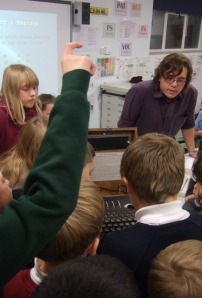
Members of the Bill Tutte Club learning about Enigma
Tutte is not as well known as Turing. That is why we strive to raise awareness of this ‘forgotten hero’ through education, which is the principal aim of the Bill Tutte Memorial Fund http://www.billtuttememorial.org.uk/education.htm .
This year, the fund has established a Bill Tutte Club in Newmarket to educate young people in STEM subjects (Science, Technology, Engineering and Mathematics) http://www.billtuttememorial.org.uk/club.htm and fundraising continues to provide a scholarship to encourage the study of mathematics or computing at university. You can donate here: https://mydonate.bt.com/charities/billtuttememorialfund
For me, 2014 will be the year that the Bill Tutte memorial is unveiled in Newmarket. The memorial is at the heart of our education programme and it is something that I am immensely proud of. In 2014, Tutte will finally have the recognition that he deserves.
So today, Christmas Day, I would like to say Merry Christmas to all those who in whatever way, strive to make this world a better place. I would like to say Merry Christmas to those who give their time for causes in which they believe so passionately and I would like to say Merry Christmas to all those who donate to such causes. But most of all, I would like to say:
“Merry Christmas, Dr Turing”.
Author: Claire Butterfield
http://www.billtuttememorial.org.uk
http://www.bletchelypark.org.uk
http://www.tnmoc.org
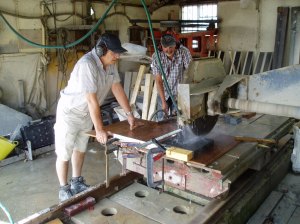
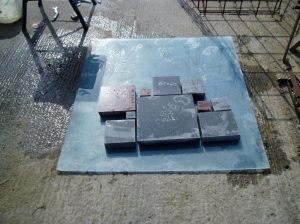

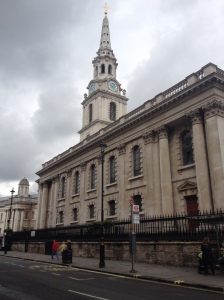

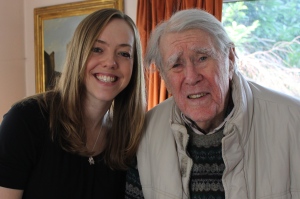





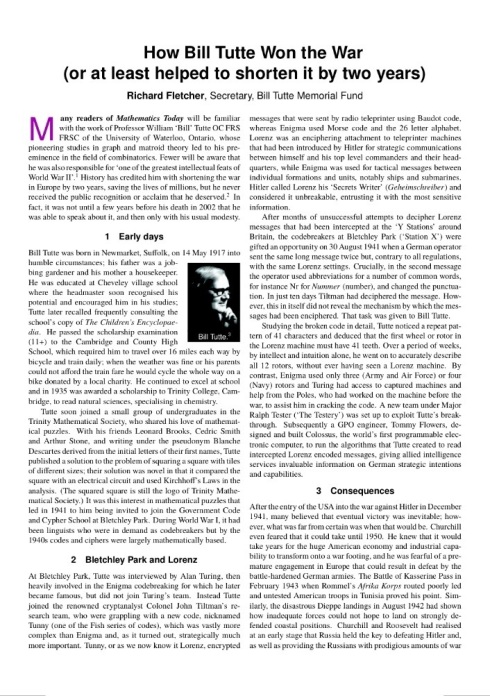
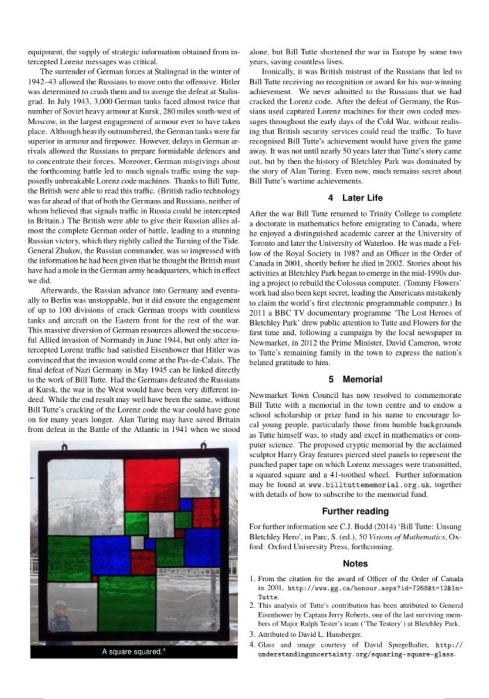
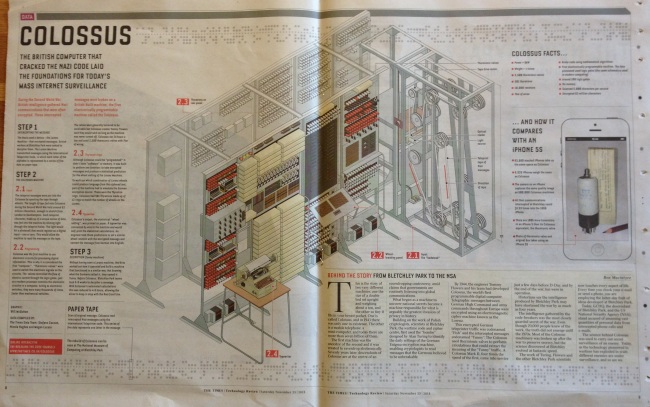


![image[2]](https://billtuttememorialfund.files.wordpress.com/2013/11/image2.png?w=300&h=225)
